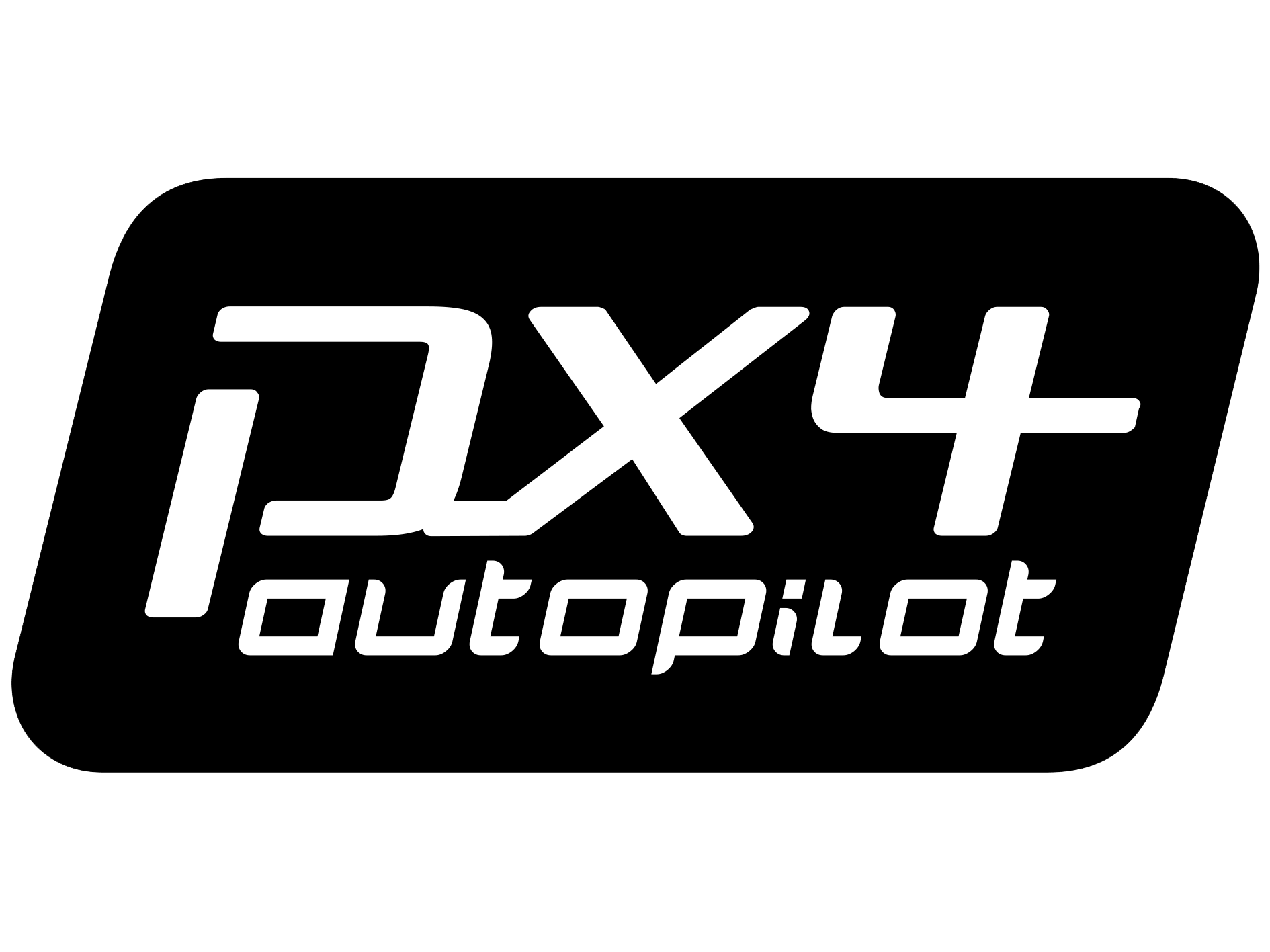PX4 Autopilot User Guide
PX4 is the Professional Autopilot. Developed by world-class developers from industry and academia, and supported by an active world wide community, it powers all kinds of vehicles from racing and cargo drones through to ground vehicles and submersibles.
TIP
This guide contains everything you need to assemble, configure, and safely fly a PX4-based vehicle. Interested in contributing? Check out the Development section.
WARNING
This guide is for the development version of PX4 (main branch). Use the Version selector to find the current stable version.
Documented changes since the stable release are captured in the evolving release note.
How Do I Get Started?
Basic Concepts should be read by all users! It provides an overview of PX4, including features provided by the flight stack (flight modes and safety features) and the supported hardware (flight controller, vehicle types, telemetry systems, RC control systems).
Depending on what you want to achieve, the following tips will help you navigate through this guide:
I want a vehicle that works with PX4
In the Multicopter, VTOL, and Plane (Fixed-Wing) sections you'll find topics like the following (these links are for multicopter):
- Complete Vehicles list "Ready to Fly" (RTF) pre-built vehicles
- Kits lists drones that you have to build yourself from a set of preselected parts
- DIY Builds shows some examples of drones that have been built using parts that were sourced individually
Both kits and complete vehicles usually include everything you need except for a battery and RC System. Kits are usually not hard to build, provide a good introduction to how drones fit together, and are relatively inexpensive. We provide generic instructions for assembly, such as Assembling a Multicopter, and most kits come with specific instructions too.
If the kits and complete drones aren't quite right for you then you can build a vehicle from scratch, but this requires more knowledge. Airframe Builds lists the supported frame starting points to give you some idea of what is possible.
Once you have a vehicle that supports PX4 you will need to configure it and calibrate the sensors. Each vehicle type has its own configuration section that explains the main steps, such as Multicopter Configuration/Tuning.
I want to add a payload/camera
The Payloads section describes how to add a camera and how to configure PX4 to enable you to deliver packages.
I am modifying a supported vehicle
The Hardware Selection & Setup section provides both high level and product-specific information about hardware that you might use with PX4 and its configuration. This is the first place you should look if you want to modify a drone and add new components.
I want to fly
Before you fly you should read Operations to understand how to set up the safety features of your vehicle and the common behaviours of all frame types. Once you've done that you're ready to fly.
Basic instructions for flying each vehicle type are provided in the respective sections, such as Basic Flying (Multicopter).
I want to run PX4 on a new Flight Controller and extend the platform
The Development section explains how to support new airframes and types of vehicles, modify flight algorithms, add new modes, integrate new hardware, communicate with PX4 from outside the flight controller, and contribute to PX4.
Getting Help
The Support page explains how to get help from the core dev team and the wider community.
Among other things it covers:
Reporting Bugs & Issues
If you have any problems using PX4 first post them on the support forums (as they may be caused by vehicle configuration).
If directed by the development team, code issues may be raised on Github here. Where possible provide flight logs and other information requested in the issue template.
Contributing
Information on how to contribute to code and documentation can be found in the Contributing section:
Translations
There are several translations of this guide. You can access these from the Languages menu (top right):
License
PX4 code is free to use and modify under the terms of the permissive BSD 3-clause license. This documentation is licensed under CC BY 4.0. For more information see: Licences.
Calendar & Events
The Dronecode Calendar shows important community events for platform users and developers. Select the links below to display the calendar in your timezone (and to add it to your own calendar):
TIP
The calendar default timezone is Central European Time (CET).
Icons
The following icons used in this library are licensed separately (as shown below):
placeholder icon made by Smashicons from www.flaticon.com is licensed by CC 3.0 BY.
camera-automatic-mode icon made by Freepik from www.flaticon.com is licensed by CC 3.0 BY.
Governance
The PX4 flight stack is hosted under the governance of the Dronecode Project.
Doc build time: "2026-01-10T03:11:03.808Z"





